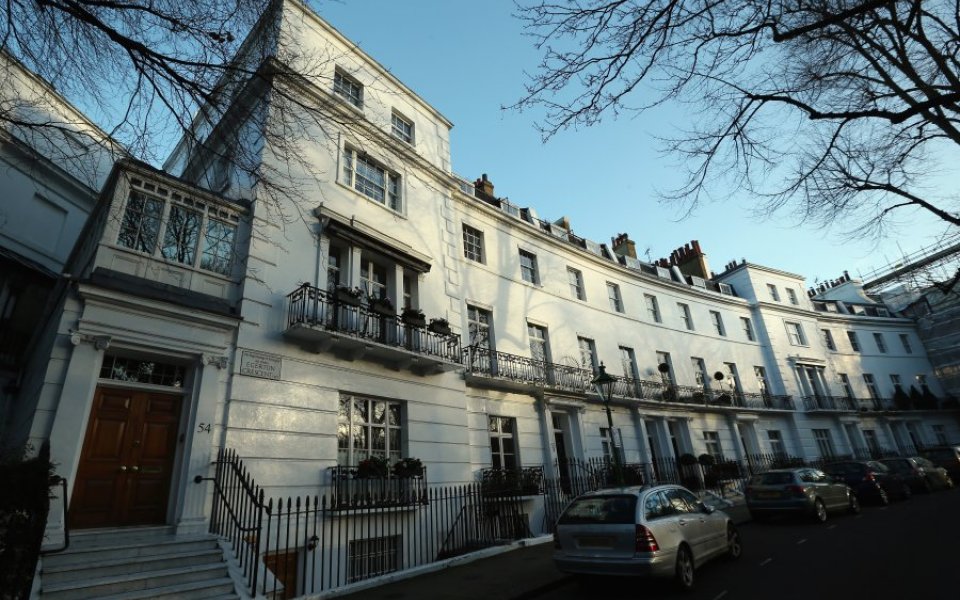London house prices: stamp duty reforms put brakes on the capital’s prime property market

George Osborne’s tougher stamp duty regime has put the brakes on London’s prime housing market, Knight Frank figures show, as annual price growth slowed to 0.9 per cent in November.
The upmarket estate agency said annual growth has fallen to its lowest level since October 2009, with a monthly decline of 0.3 per cent contributing to the slowdown.
Properties are also selling at a significantly slower pace, Knight Frank added, as the gap between the achieved price and a landlord's asking price widened.
Data for the six months to October showed that where prices achieved fell as much as 10 and 20 per cent below landlords’ original offer, exchanges took as long as 24 weeks. This compared to nine weeks where the asking price and the achieved price are the same.
However viewing levels in October were the third highest since the start of 2014, signalling that housing demand remains strong, even as buyers become more sensitive to prices.
“The Chancellor’s latest announcement came as tentative signs have begun to emerge that buyers and sellers are adjusting to previous stamp duty changes introduced,” Knight Frank’s head of London residential research Tom Bill said.
“After a year under the new system, which raised rates for properties worth more than £1.1m, a growing number of vendors have begun to set asking prices that reflect the more subdued level of demand and heightened sensitivity to pricing among buyers,” he added.
Knight Frank’s latest analysis of global tax systems showed London was “in the middle of the pack” compared to other major global cities in relation to prime property tax and holding costs. The company does not believe the latest stamp duty changes will alter this position materially.